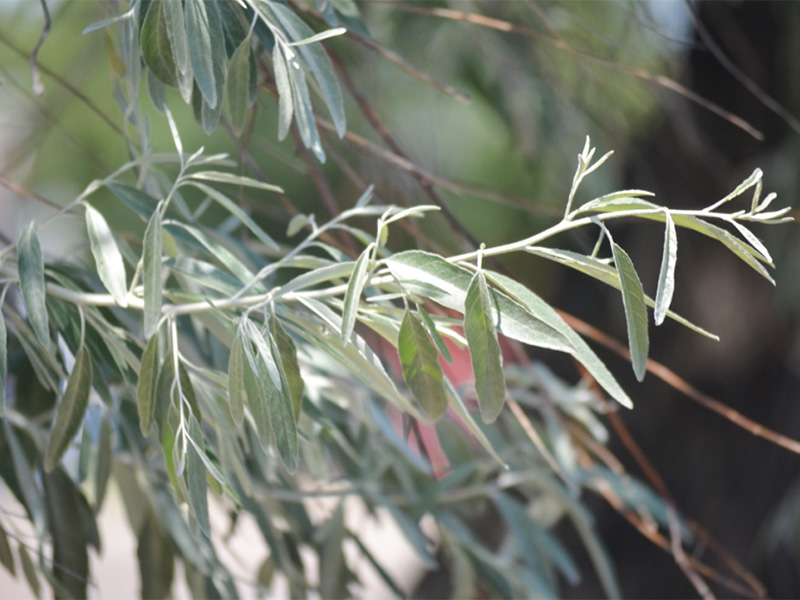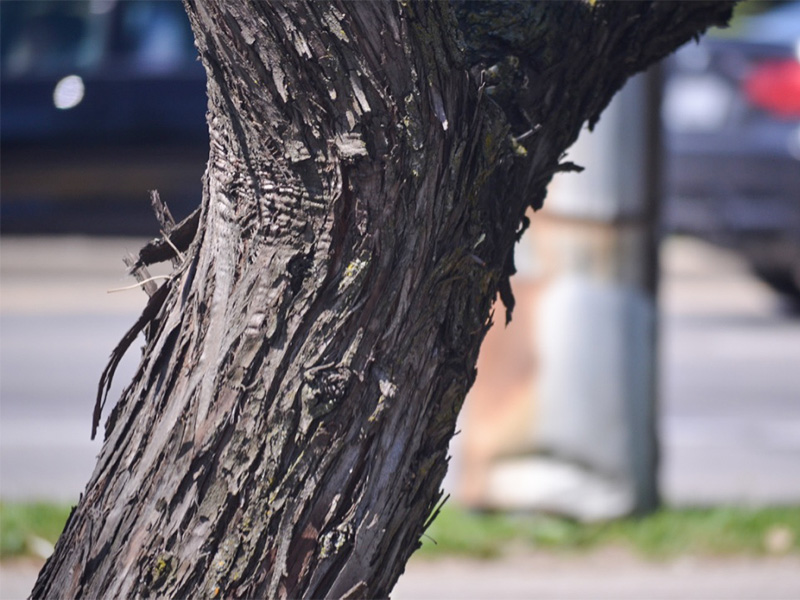
Woody > Elaeagnus > Elaeagnus angustifolia > Elaeagnus angustifolia
Elaeagnus angustifolia
Russian Olive
Origin: Southern Europe to Western to Central Asia and Himalayas.
| Family |
| Elaeagnaceae |
| Genus |
| Elaeagnus |
| Species |
| angustifolia |
| Category |
| Woody |
| Type |
| Shrub (deciduous) |
| Pronunciation |
| USDA Hardiness Zone |
| 3 - 7 |
| RHS Hardiness Zone |
| H7 |
| Temperature (°C) |
| -20 |
| Temperature (°F) |
| -4 |
| Height |
| 3 - 6 m |
| Spread |
| 3 - 6 m |
Photographs
Description and Growing Information
Flowering Period
| Landscape |
| Hedges and border planting. |
| Cultivation |
| Full sun and partial-shade. Moist and well-drained soils. Prefers light, sandy loam soils. Drought and deer tolerant. |
| Shape |
| Rounded and broad spreading. |
| Growth |
| Medium |
| ID Characteristic |
| Silver foliage, fragrant flowers and small olive-like silver fruit. |
| Pests |
| Leaf spot, cankers, rust, Verticillium wilt and crown gall. |
| Habitat |
| Marshlands, rivers and wetlands. |
| Bark/Stem Description |
| Consistently ridged and polated. |
| Flower/Leaf Bud Description |
| Small, solitary, sessile and round with exposed scales. |
| Leaf Description |
| Alternate, simple, oblong-lanceolate and 2.5 - 7.5 cm long |
| Flower Description |
| Perfect, apetalous, calyx tube campanulate with 4 spreading lobes, 0.5 cm long and fragrant. |
| Fruit Description |
| Drupe-like and 1 cm long. The flesh is sweet. Blooms August to September. |
| Colour Description |
| The bark is dark greyish-black. The buds are greyish-brown with silvery scales. The flowers have a silvery outer surface with a yellow inner surface. |
| Texture Description |
| The leaves have a fine texture. The bark has a fine to medium texture. |
| Notable Specimens |
| Niagara Parks Botanical Gardens, Niagara Falls, Ontario, Canada. Masonville, London, Ontario, Canada. |
| Propagation |
| Seed and cuttings. |
| Ethnobotanical Uses (Disclaimer) |
| The orient make a sherbet from it the fruit. |

